Every great automaker has a skeleton or two in the garage. Some were ugly, some were unsafe, and some were just plain embarrassing.
From the Pontiac Aztek to the Chevy Vega, these cars weren’t just bad—they nearly dragged their brands to the junkyard.
Let’s rev up our engines, pop the hood on history’s biggest blunders, and see which wheels nearly ran their companies off the road.
1. Pontiac Aztek – The SUV That Became a Punchline
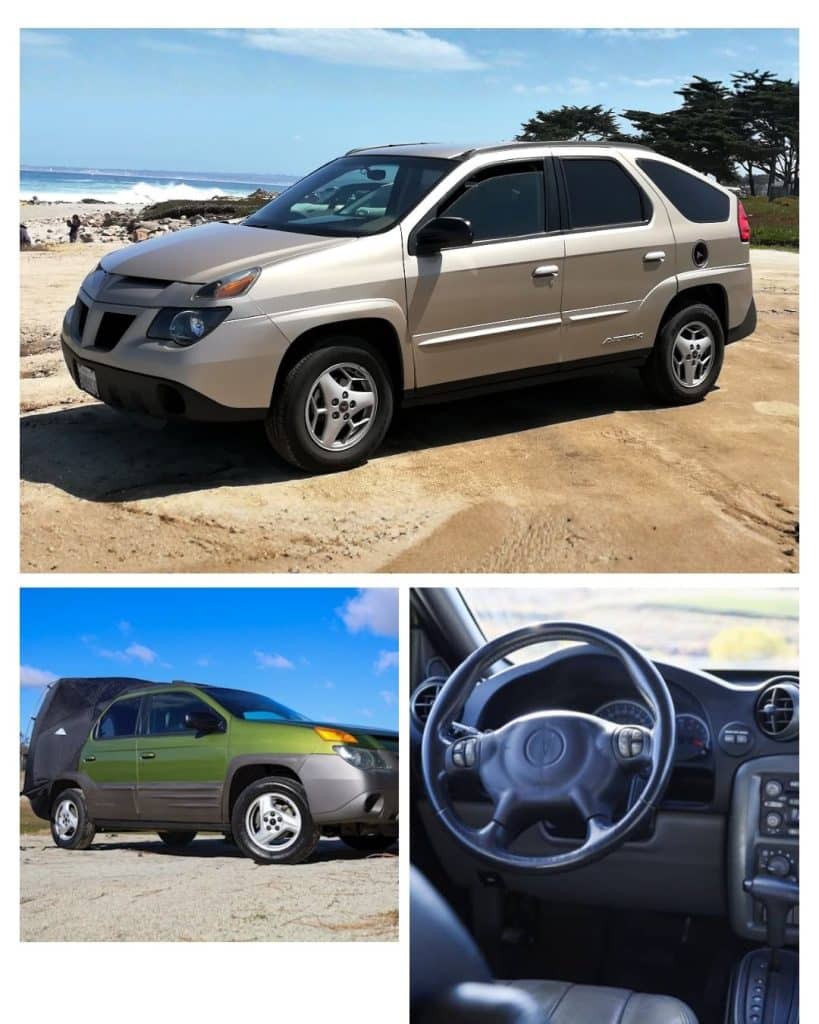
Let’s get this out of the way first. The Pontiac Aztek wasn’t just bad—it became the national symbol of what happens when a committee designs a car.
Launched in 2001, the Aztek was supposed to be a “sporty adventure vehicle” for a new generation.
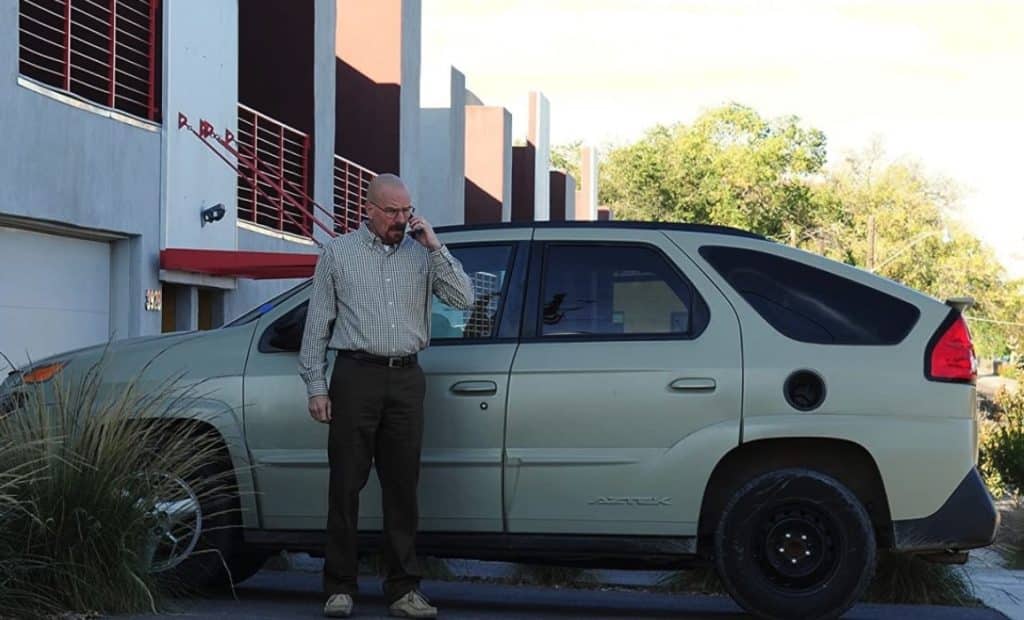
What buyers got was a lumpy mess of plastic panels, mismatched angles, and a face only a mother could love.
It was so awkward it made the AMC Pacer look elegant. Even with clever features like a built-in tent and cooler, nobody wanted to be seen in one.
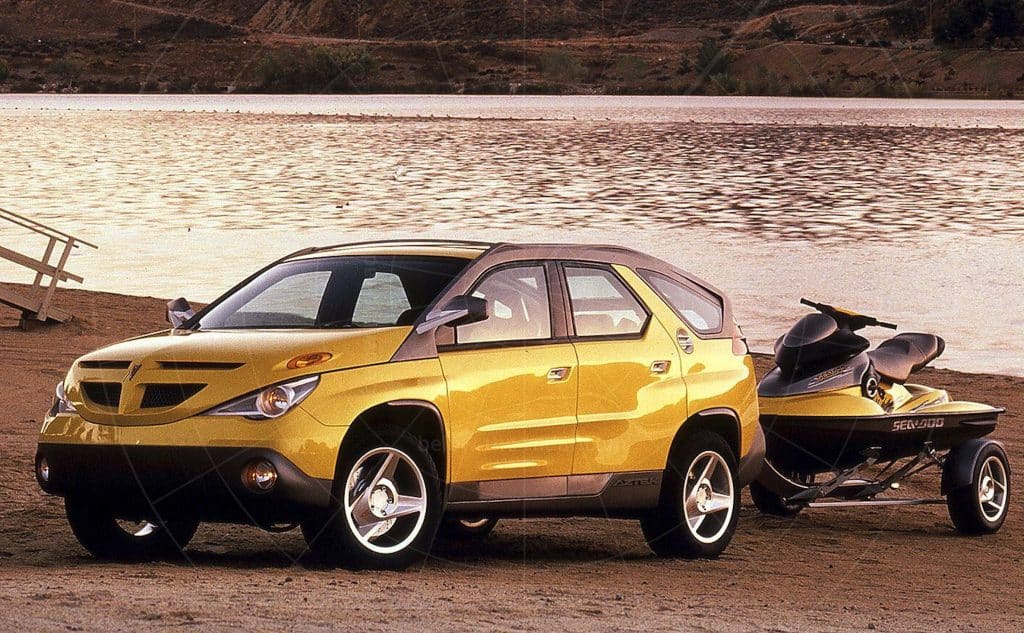
The Aztek flopped so hard it dragged Pontiac down with it—proving that you can’t sell “bold” if bold looks like a doorstop on wheels.
2. Chevrolet Vega – Rust Never Slept
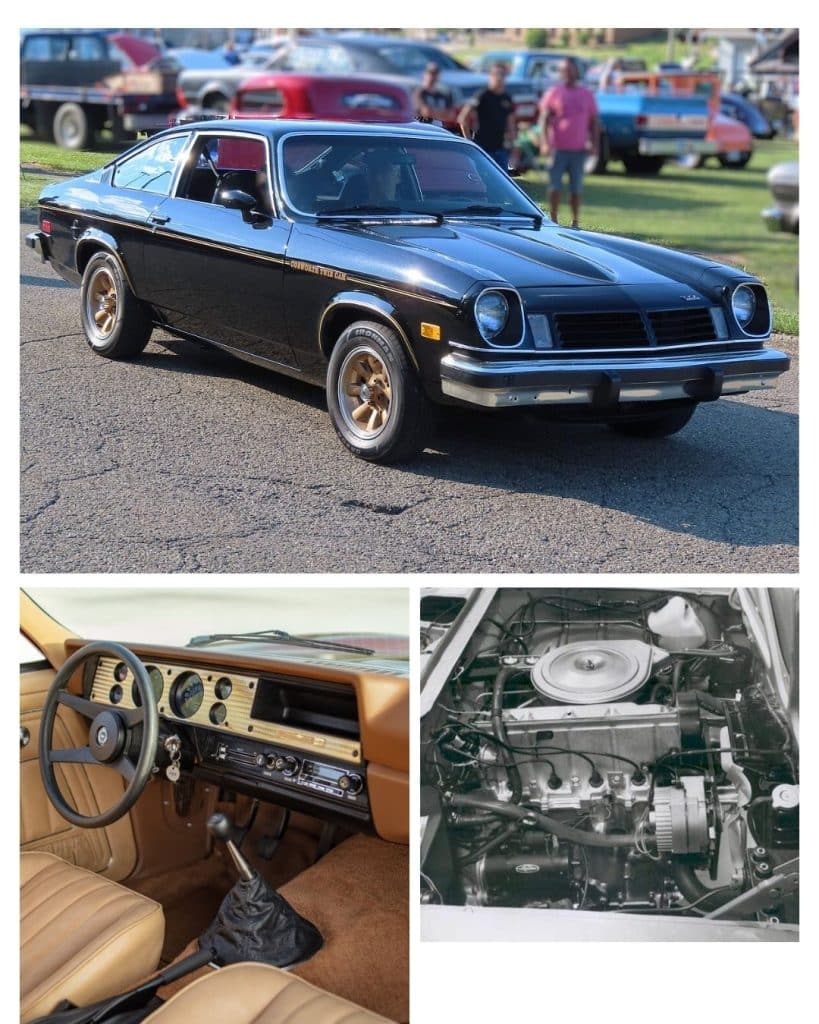
When it debuted in 1970, the Chevy Vega was supposed to be Detroit’s answer to the imports. It was light, efficient, and stylish.
Instead, it turned into a rolling lesson in how not to build a car. Its aluminum engine overheated, burned oil like a lawn mower, and warped itself into oblivion.
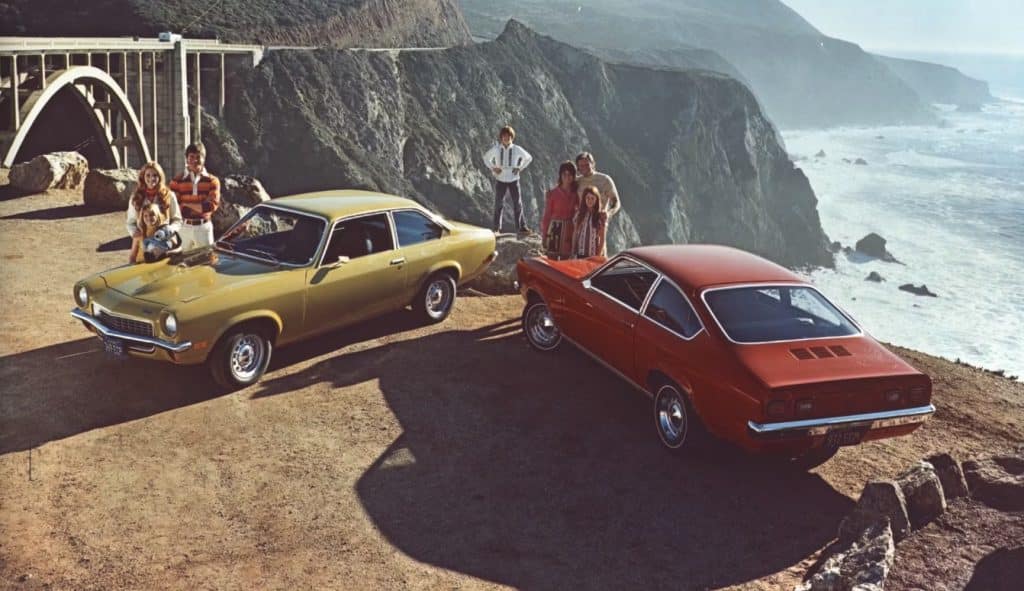
Meanwhile, the body rusted so quickly that owners joked it came pre-rusted from the factory.
The Vega’s short life left a long stain. It soured a whole generation of buyers on small Chevys and helped give Japanese automakers an opening they never gave back.
3. Ford Edsel – The $250 Million Mistake
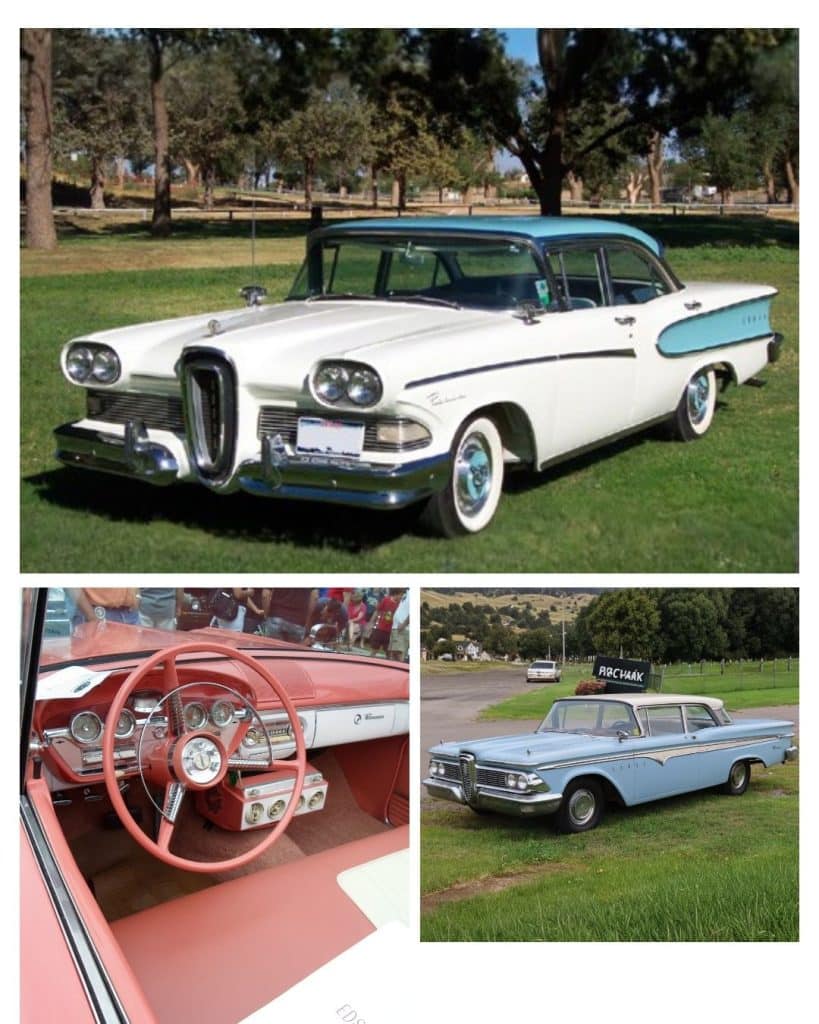
In 1958, Ford thought it had the next big thing, a car so revolutionary that they created a whole new division for it. The Edsel arrived with hype, fanfare, and a strange name that nobody could pronounce.
Unfortunately, the car itself was awkward, overpriced, and built right into a recession. It even had a vertical “horse collar” grille that made it look like it was perpetually gasping for air.
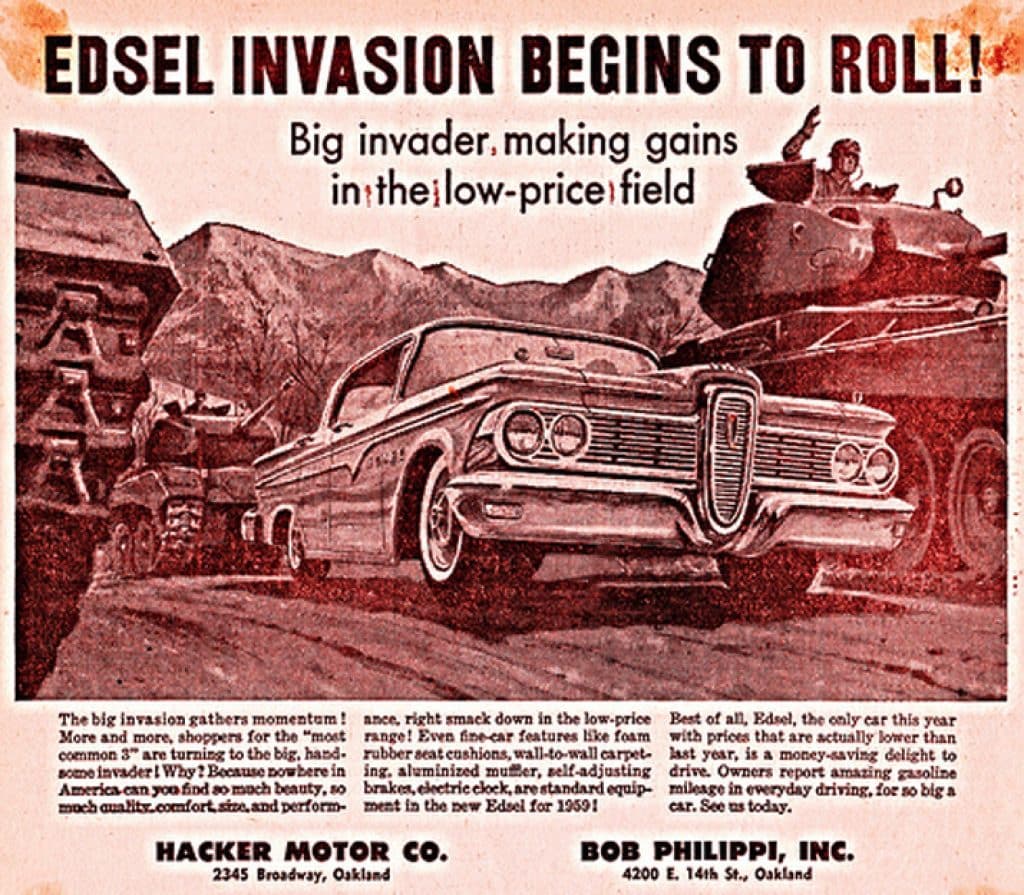
After losing a staggering $250 million (that’s over $2 billion today), Ford quietly pulled the plug.
The Edsel became shorthand for corporate failure. And while the car wasn’t mechanically terrible, its timing and marketing were. Ford learned an expensive lesson: never name a car after your boss’s son.
4. Cadillac Cimarron – The Badge Job from Hell
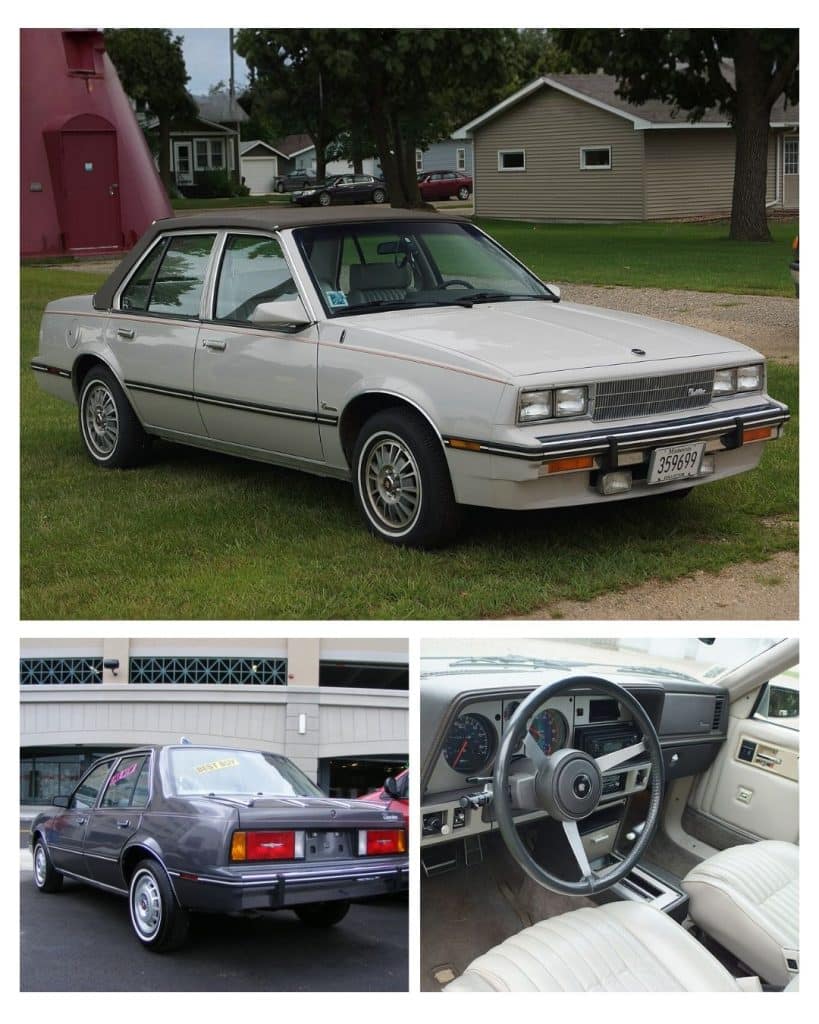
Imagine paying luxury money for a rebadged Chevy Cavalier. That’s the story of the 1982 Cadillac Cimarron, the car that nearly destroyed Cadillac’s reputation for good.
GM wanted to compete with BMW’s small sedans, so they rushed a Caddy version of their cheapest compact through production. The result? A $12,000 Cavalier with leather seats and a crest on the hood.
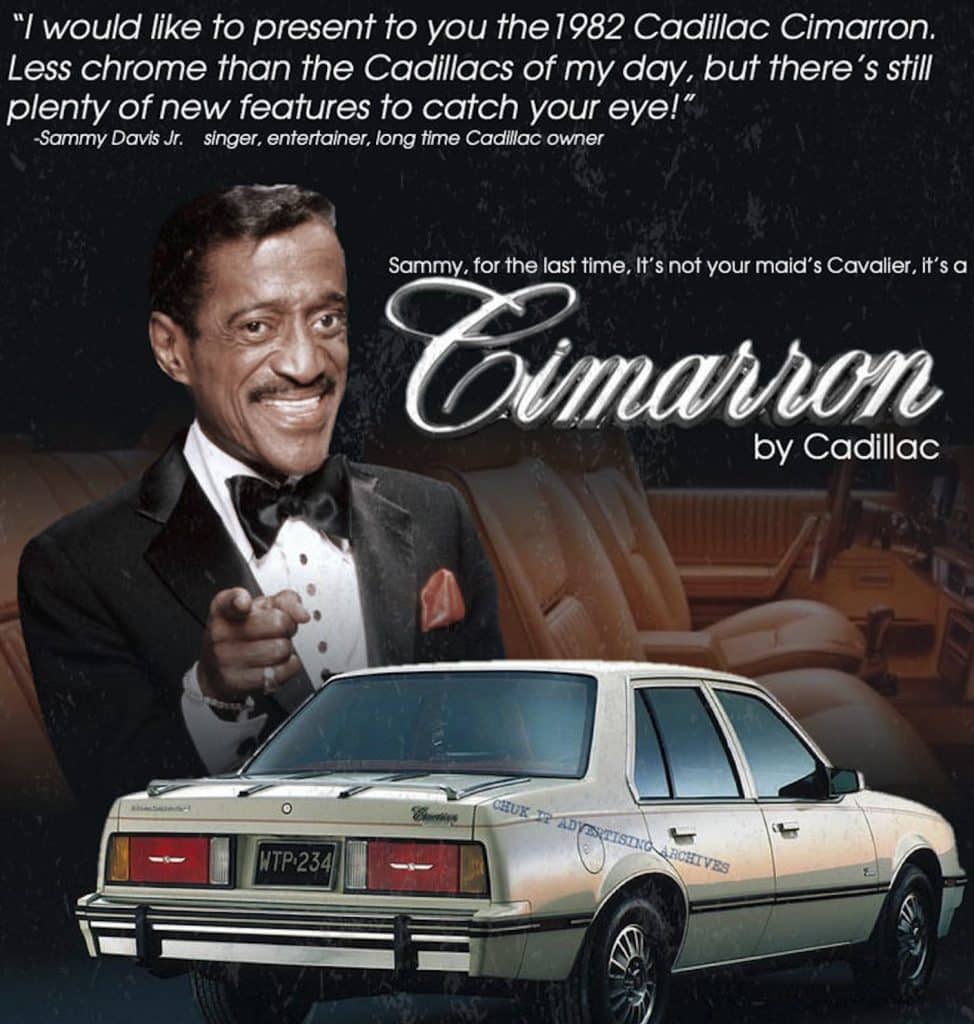
It was underpowered, noisy, and shared its bones with rental cars. Cadillac dealers were embarrassed to sell it, and buyers were furious when they realized what they’d bought.
The Cimarron proved you can’t fake prestige with chrome trim… it has to be earned. It took Cadillac decades to shake off the stink.
5. Chrysler TC by Maserati – The Weirdest Romance in Detroit
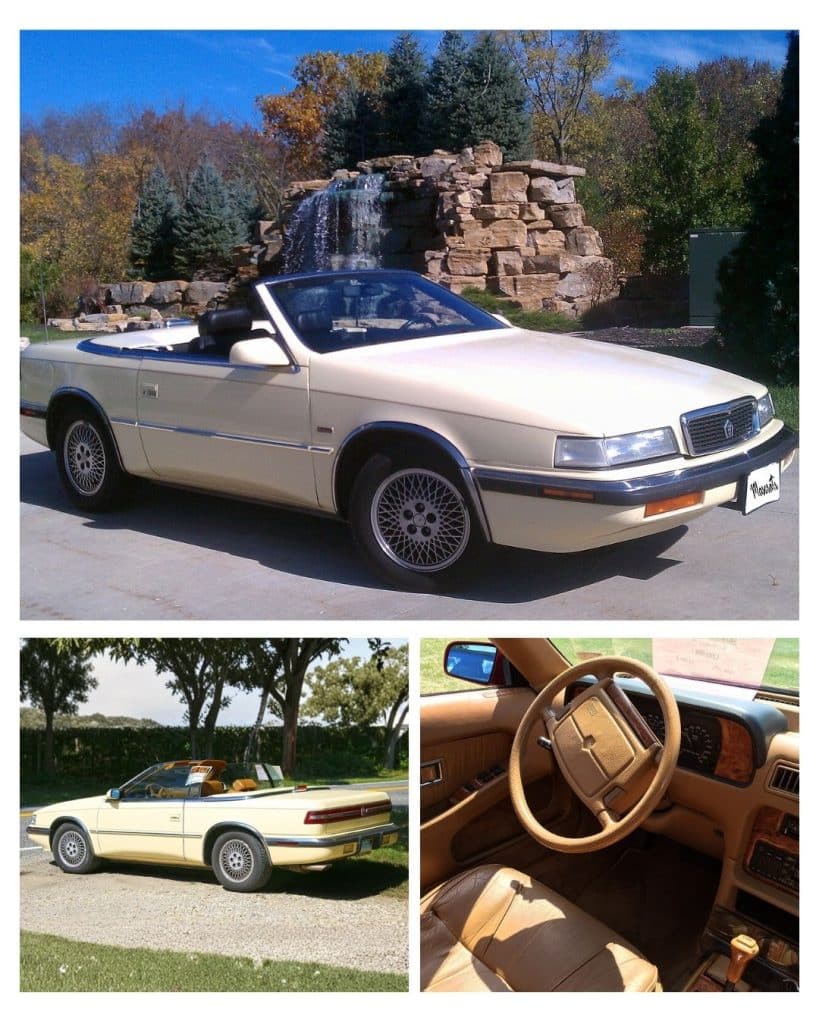
In the late ’80s, Chrysler’s Lee Iacocca teamed up with Maserati to create a “luxury roadster” that would boost both brands.
What rolled off the line in 1989 was the Chrysler TC by Maserati—a confused mashup of Italian styling, K-car parts, and a $30,000 price tag that made no sense to anyone.
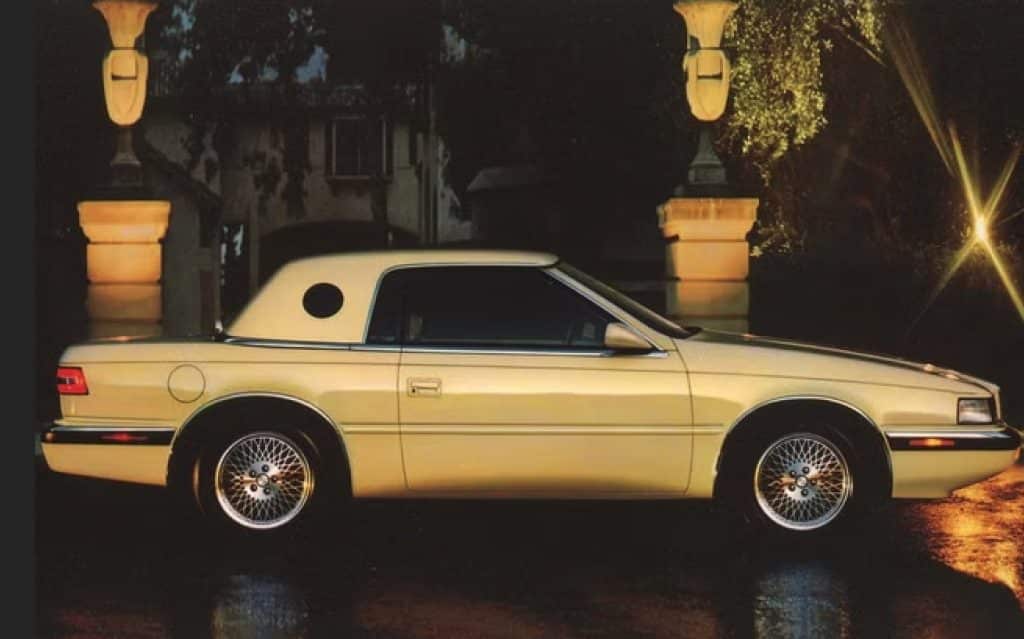
Buyers expecting a baby Maserati got a tarted-up LeBaron with awkward proportions and spotty build quality.
It was slow, unreliable, and nobody could figure out who it was for. Both brands came out looking worse, and Chrysler’s “halo” car burned out faster than its spark plugs.
6. Yugo GV – Imported from… Somewhere?
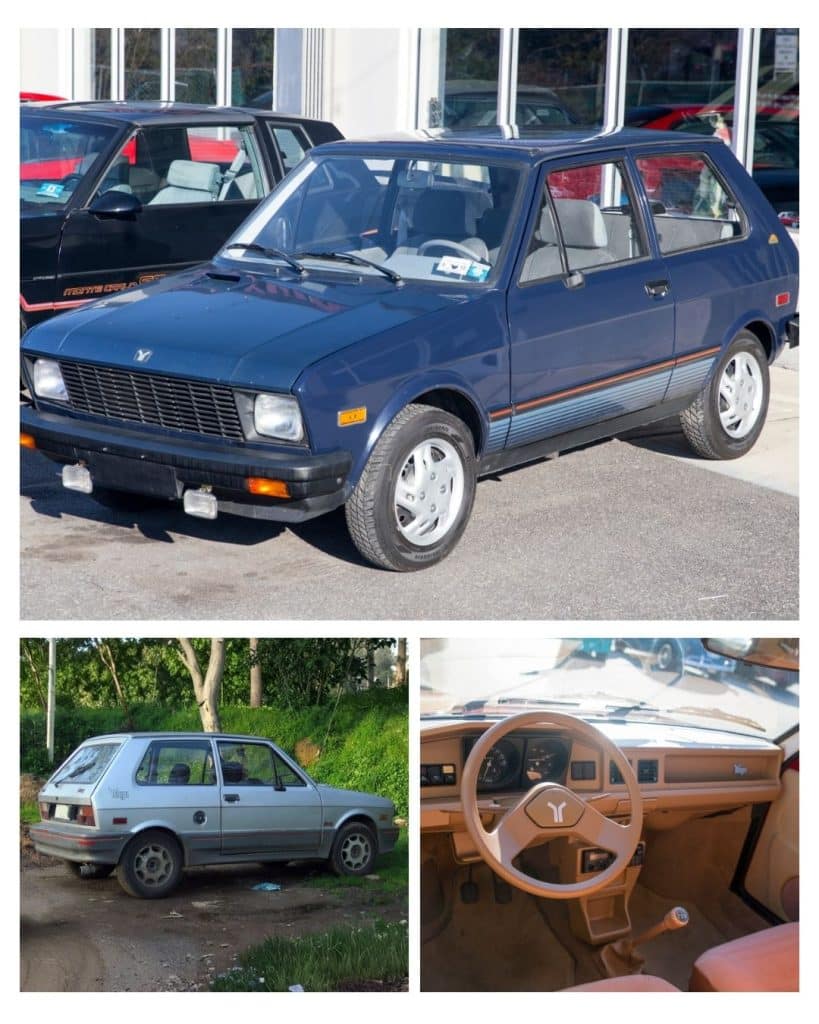
When the Yugo hit American shores in 1985, it was advertised as “The cheapest new car in America.” That part was true. The rest? Not so much.
Built in Yugoslavia under communist rule, the Yugo was a tin can on four wheels—cheaply made, underpowered, and prone to falling apart faster than a wet paper bag.
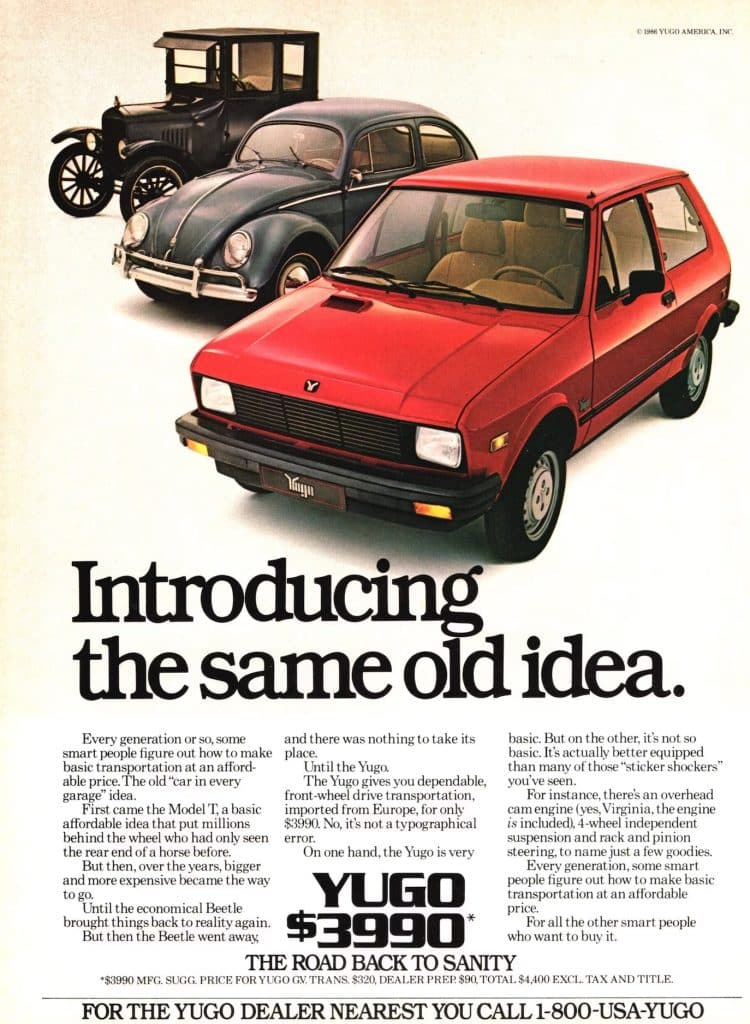
Reviewers joked that you didn’t buy a Yugo, you adopted a problem. The engine rattled, the interior felt like it came from a child’s toy, and reliability was so poor some dealers gave up selling them entirely.
One strong gust of wind could ruin your alignment. It was so bad that when Malcolm Bricklin (of Bricklin SV-1 fame) imported it, it nearly ended his career too.
7. AMC Gremlin – The Car That Looked Like It Was Rear-Ended at Birth
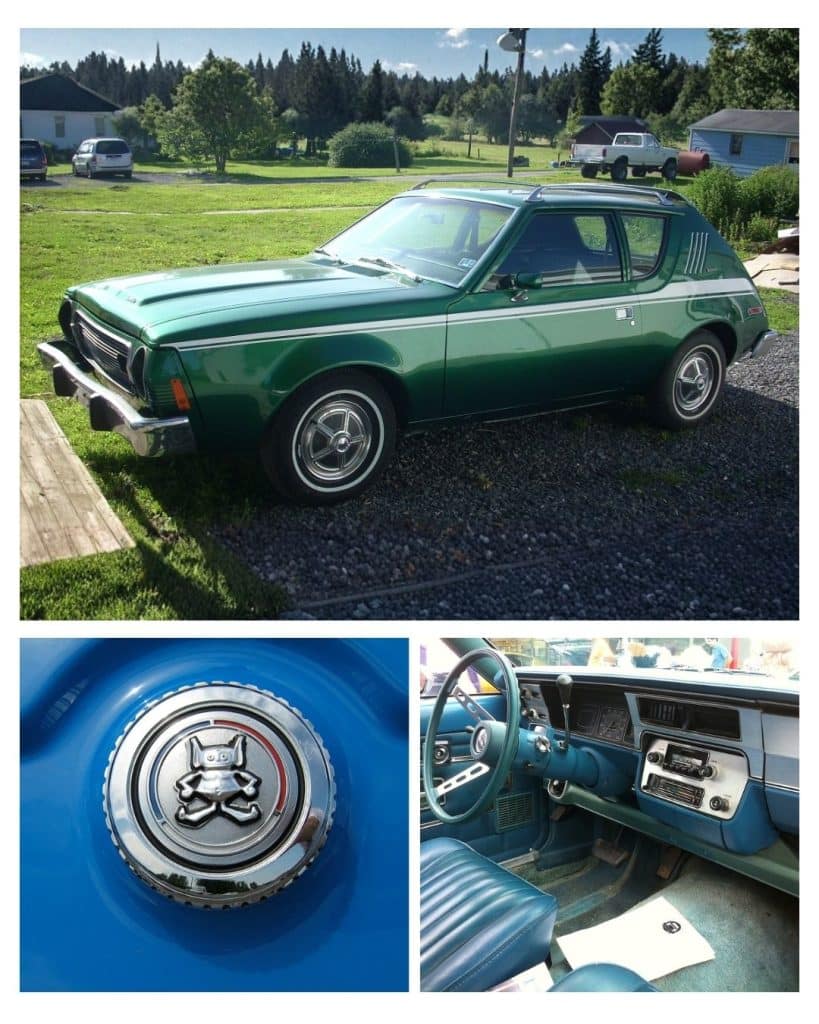
You can’t have a list of automotive oddballs without the AMC Gremlin, born on April Fool’s Day, 1970.
That date wasn’t a joke… it was a warning. AMC lopped the tail off a Hornet sedan to save costs and called it a subcompact. The result was a car that looked like it ran out of design halfway through.
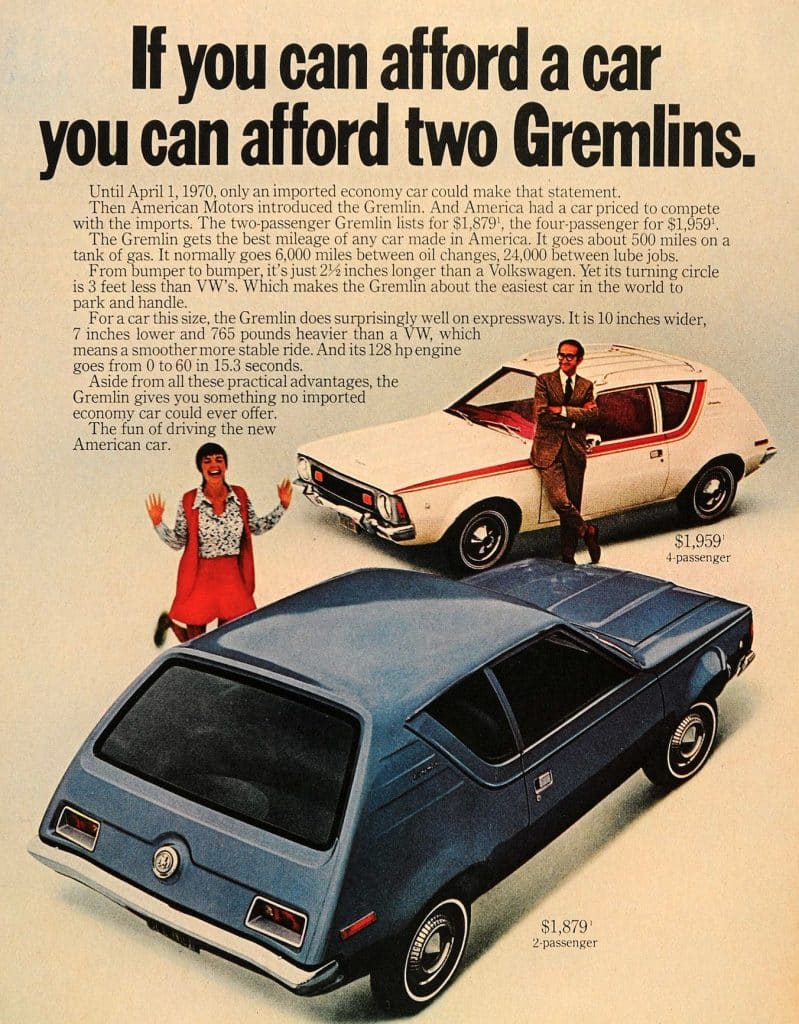
To be fair, the Gremlin actually sold decently for a few years, but its styling was polarizing, the interior was cramped, and the build quality was pure AMC lottery.
It became a cultural punchline, the kind of car you drove only if you couldn’t afford a Pinto. Still, you have to give it credit—it was ugly enough to be remembered.
8. Ford Pinto – The Exploding Economy Car
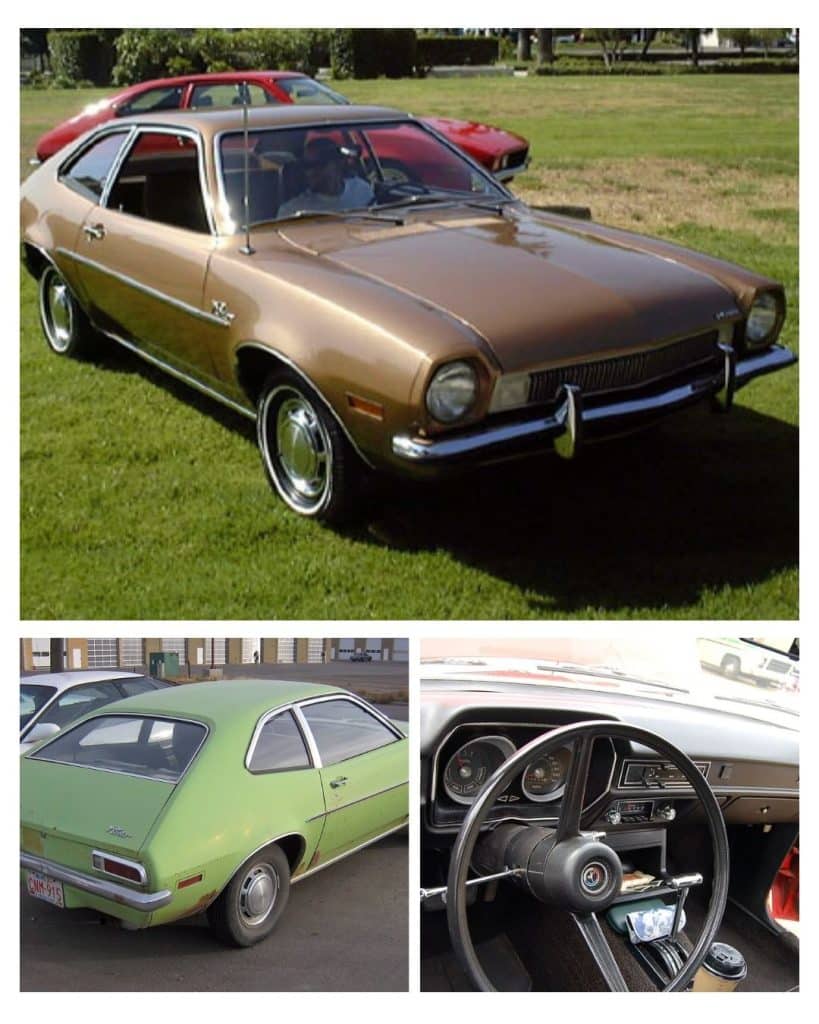
Few cars have ever suffered from such an explosive reputation. Literally.
The 1971 Ford Pinto was designed in a rush to meet the import challenge, but cost-cutting led to a deadly design flaw… a gas tank mounted just behind the rear axle. In rear-end collisions, it could rupture and ignite.
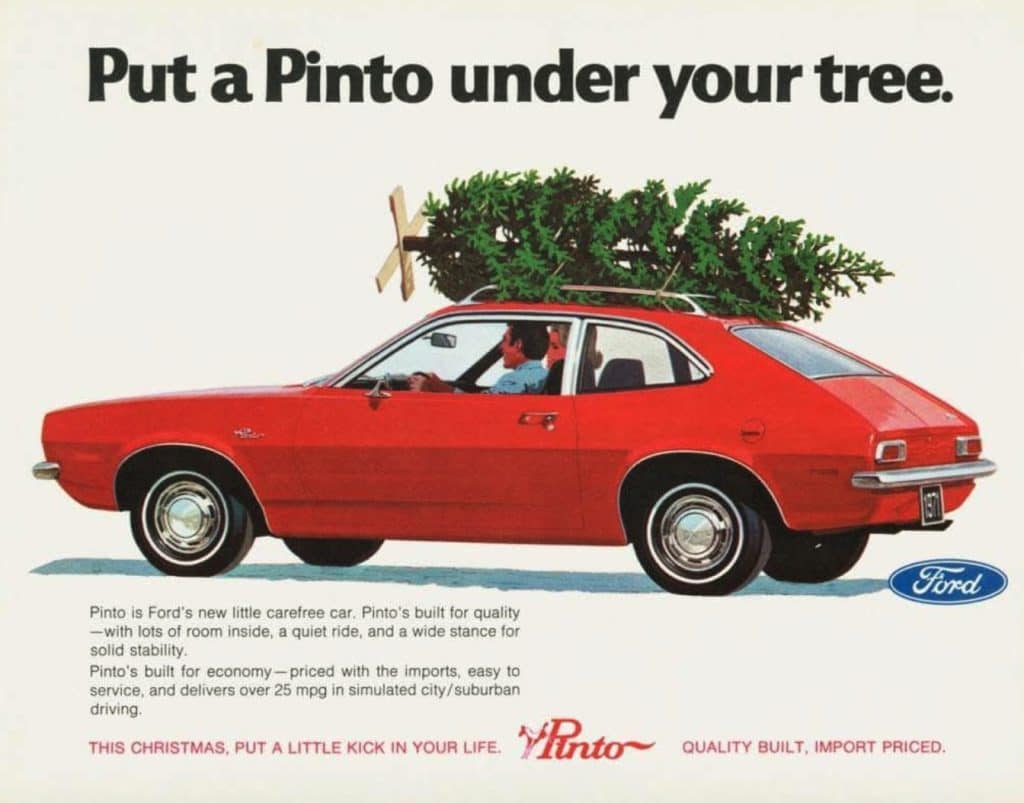
Ford engineers knew about the problem but calculated that paying lawsuits would be cheaper than fixing it. That decision blew up in every sense of the word.
When the story broke, it tarnished Ford’s image for years and turned the Pinto into one of the most infamous cars ever made. It wasn’t just a bad car; it was a corporate scandal on wheels.
9. DeLorean DMC-12 – The Dream That Crashed
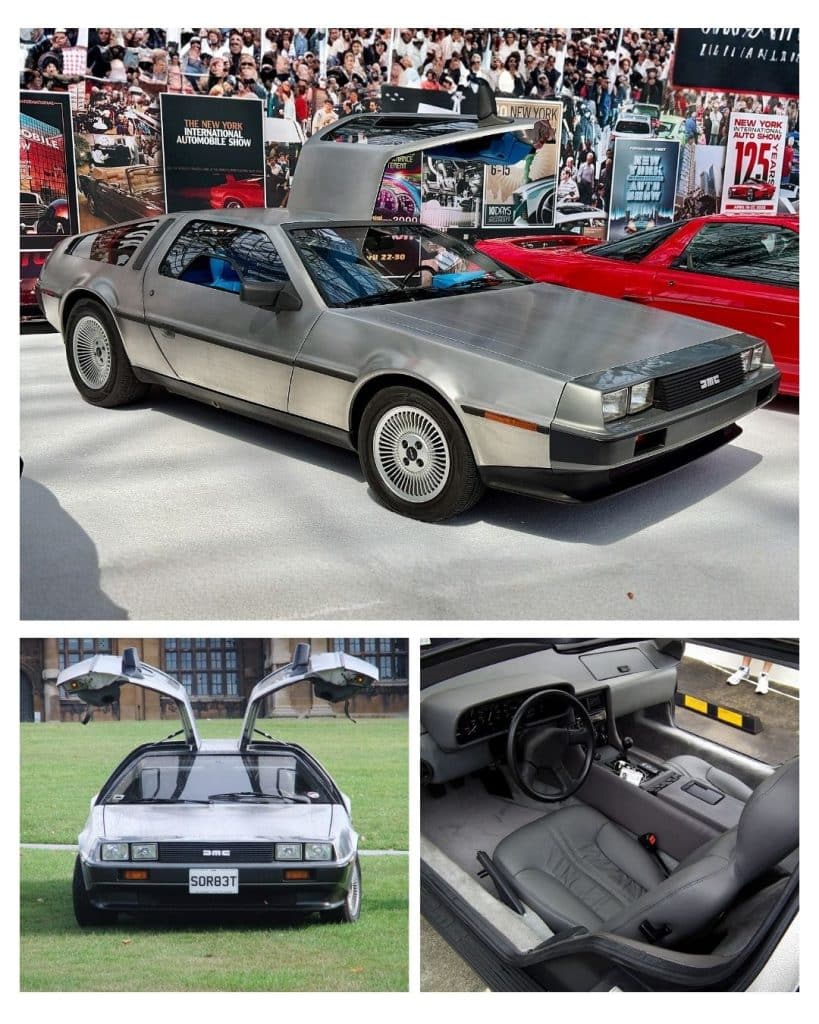
The DeLorean DMC-12 should have been legendary for all the right reasons. It had stainless-steel body panels, gull-wing doors, and a futuristic design that looked ready for 2025.
But behind the flash was a slow, underpowered, and poorly built car that couldn’t outrun its own hype.
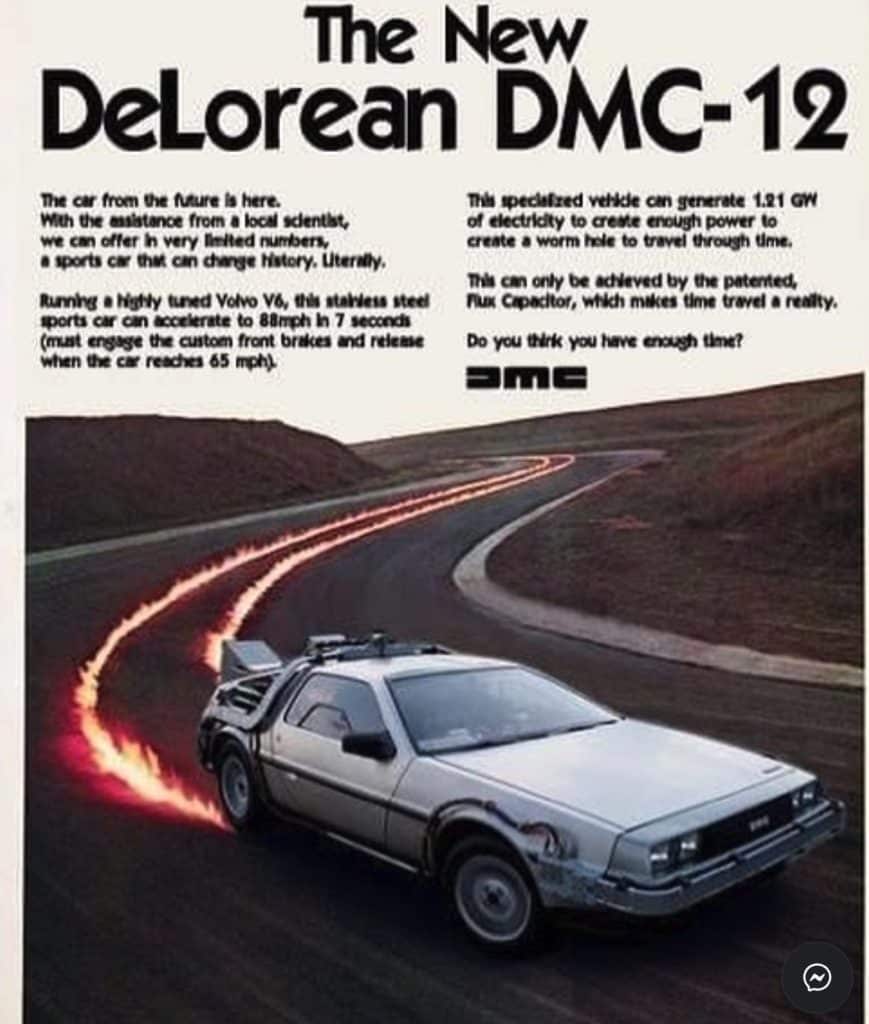
Founder John DeLorean’s company burned through money, and when his drug trafficking scandal hit the news, the brand went up in flames.
The DMC-12 became famous again only thanks to Back to the Future—a fitting irony for a car that looked like it came from the future but was doomed by its past.
10. Renault Alliance – The French Mistake
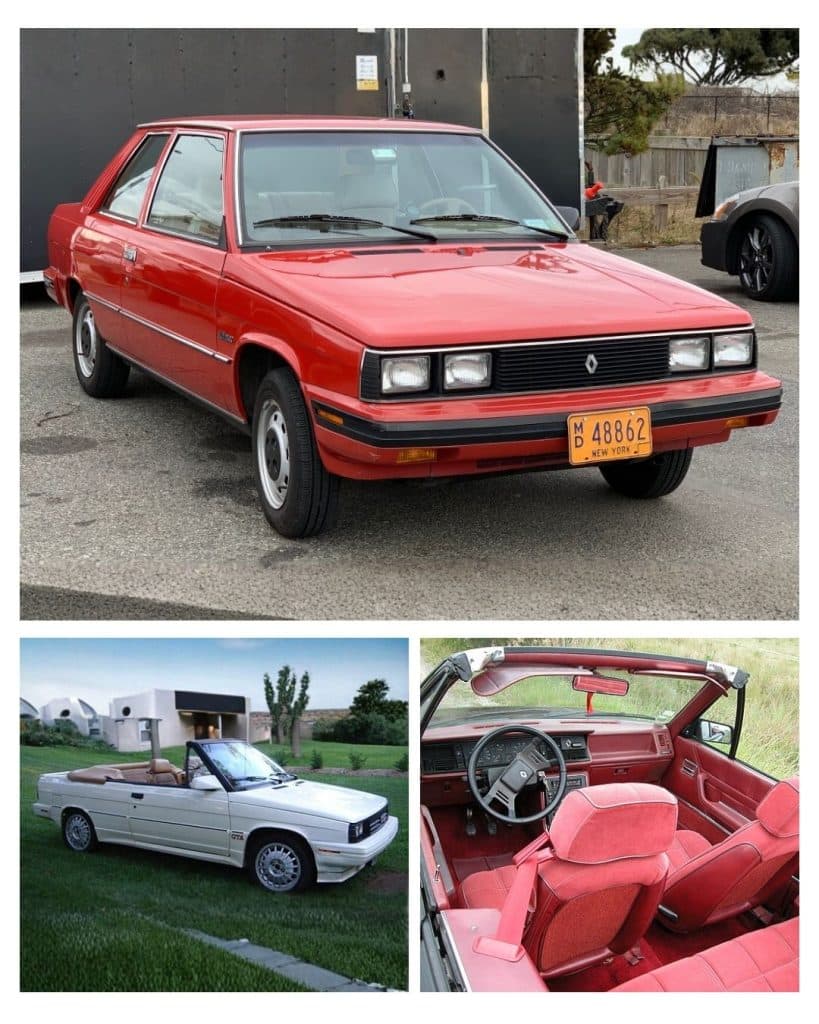
When AMC teamed up with Renault in the early ’80s, they thought they could bring European flair to American driveways.
What they got instead was the Renault Alliance, a compact sedan that looked bland and broke constantly. Built in Kenosha, Wisconsin, it combined French engineering with American assembly line fatigue, which was a recipe for disaster.
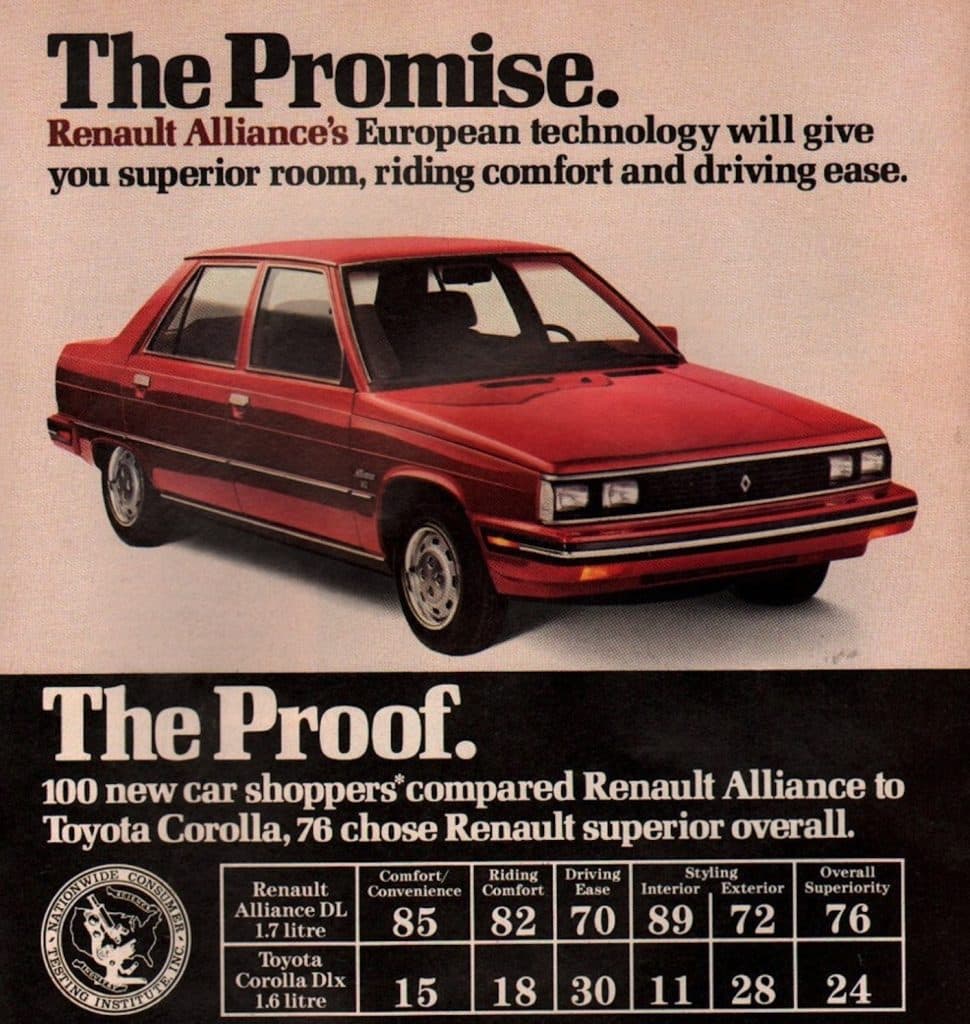
Early reviews were glowing, even awarding it Motor Trend’s 1983 Car of the Year, but the honeymoon didn’t last. Owners complained of electrical issues, stalling, and parts that fell off in their driveways.
The Alliance didn’t just hurt AMC—it helped finish the brand off. Chrysler bought what was left in 1987, and Renault quietly retreated from the U.S. market.
11. Plymouth Volaré – The Rustbucket That Ended a Brand
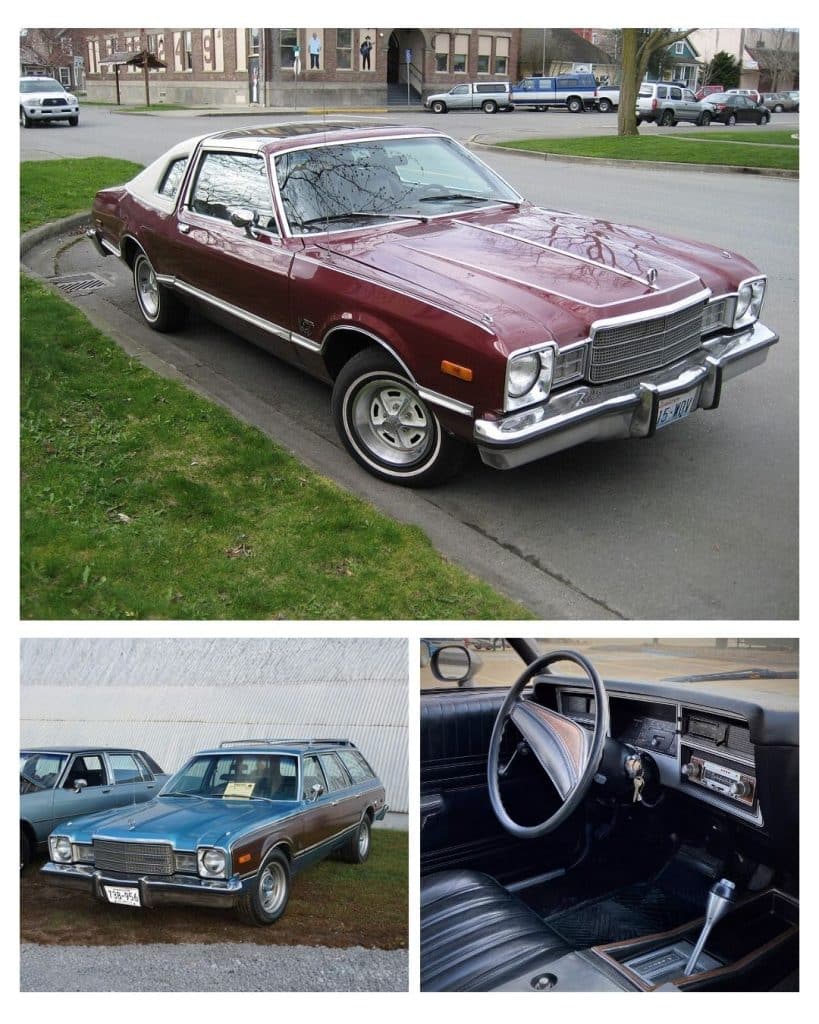
The 1976 Plymouth Volaré was meant to replace the aging Valiant and revive Plymouth’s fortunes. Instead, it became one of the most recalled cars of the 1970s.
Its body panels rusted before owners could even finish paying them off, and the slant-six engine—usually bulletproof—was plagued with carb and emissions issues.
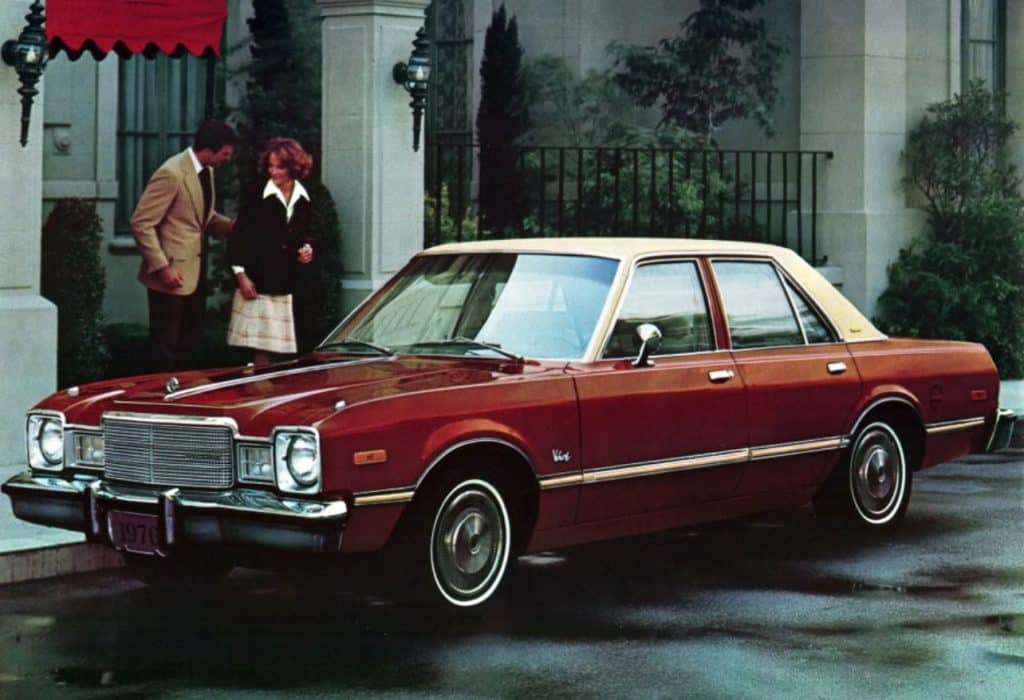
Dealers were flooded with complaints about stalling, brake failures, and rust holes the size of golf balls.
Chrysler had to issue over 30 recalls during the Volaré’s short life. It was the beginning of the end for Plymouth, a brand that never truly recovered from being known as the car that crumbled faster than a soda cracker in the rain.
12. Merkur XR4Ti – The German Ford Nobody Asked For
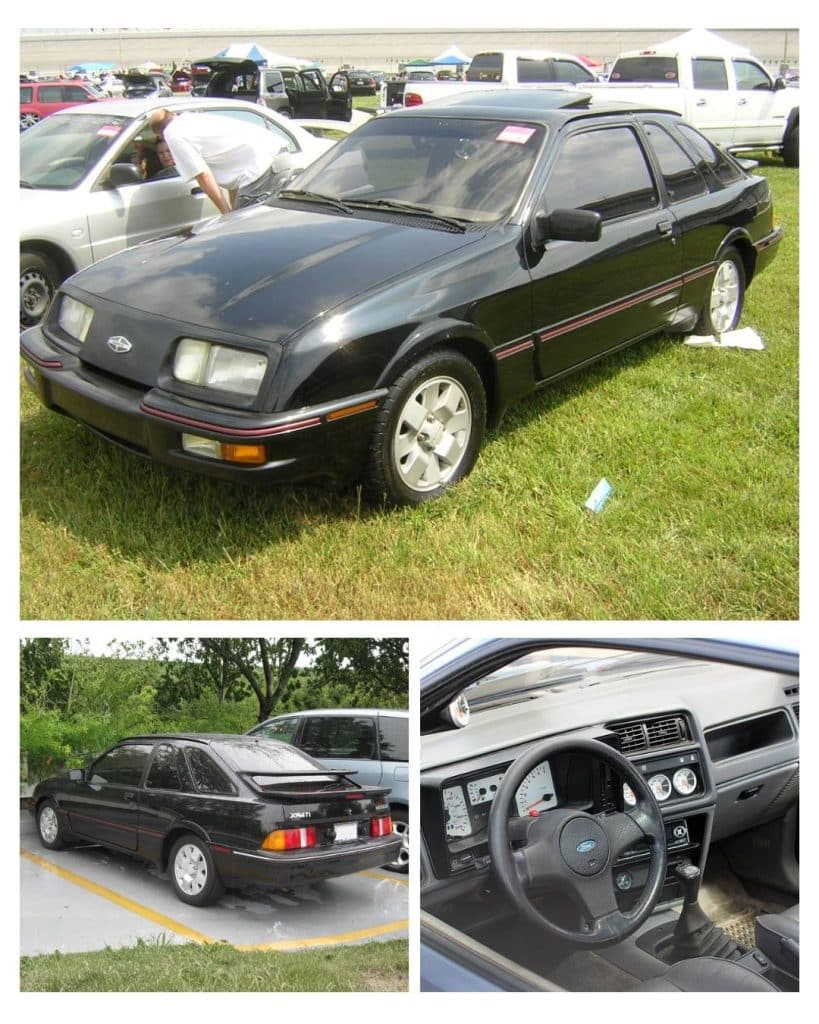
Ford thought they could sell Americans on a sporty European import under a new name. The result? The Merkur XR4Ti, a German-built Ford Sierra rebadged for the U.S. and sold through Lincoln-Mercury dealers in the mid-’80s.
It was quick, turbocharged, and quirky—but also too expensive, too weird-looking, and impossible to pronounce.
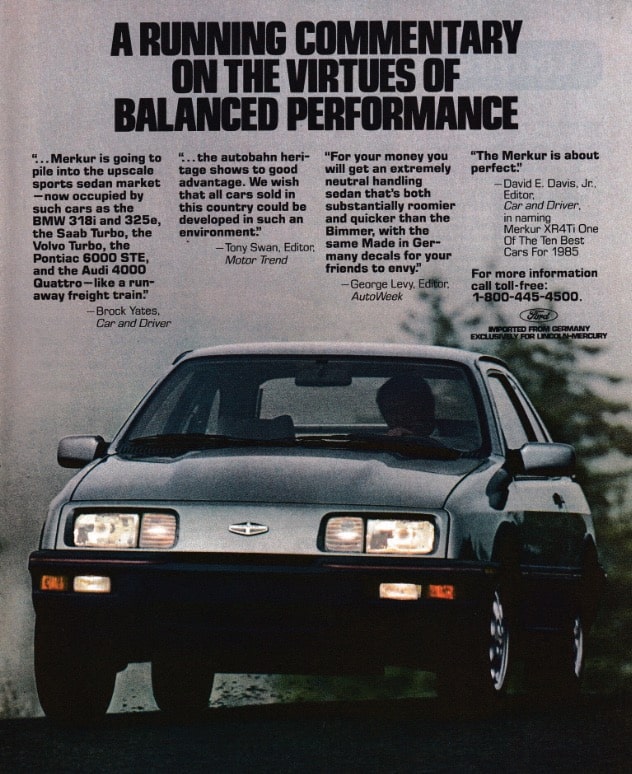
Parts were scarce, dealers didn’t know how to fix them, and nobody could tell if it was supposed to compete with BMW or just confuse buyers.
The marketing was so bad even car enthusiasts didn’t know what it was. By 1989, the Merkur brand vanished, leaving behind a small but passionate cult of people who enjoy owning headaches with boost pressure.
13. Oldsmobile Achieva – The Car That Proved the End Was Near
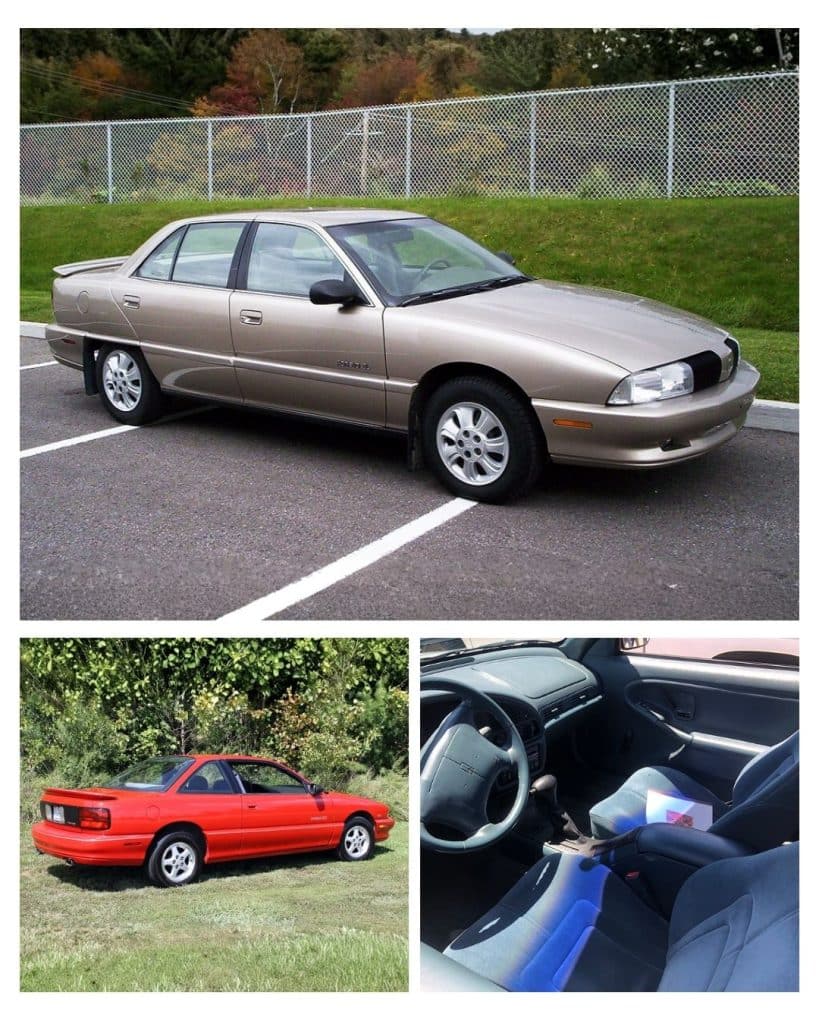
By the early ’90s, Oldsmobile was already on life support, and the Achieva didn’t help.
Meant to attract younger buyers, it was built on GM’s aging N-body platform—shared with the Pontiac Grand Am and Buick Skylark—but came off as sloppy, buzzy, and painfully generic.
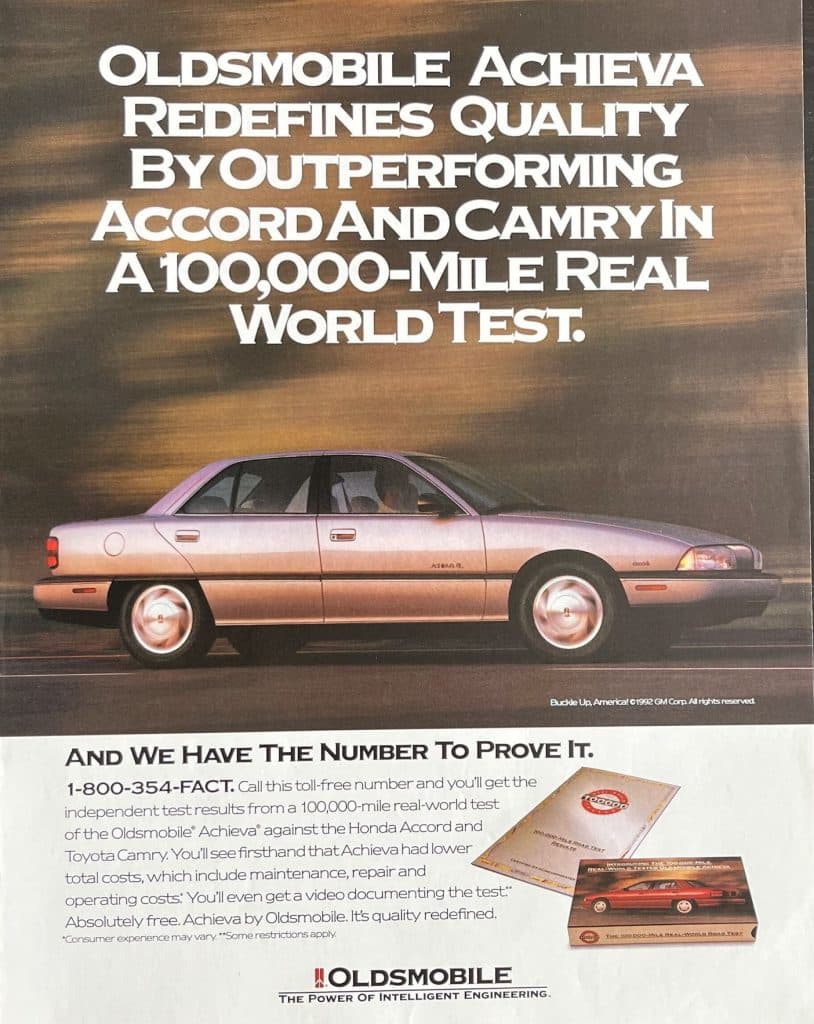
The styling was anonymous, the interiors rattled, and reliability ranked near the bottom of every survey. Reviewers called it “forgettable transportation,” which is just about the worst thing you can say about a brand that once defined American luxury.
Sales cratered, and the Achieva’s blandness helped convince GM that Oldsmobile’s best days were long gone. Within a decade, the brand was gone too.
14. Lincoln Blackwood – The Luxury Truck Nobody Wanted
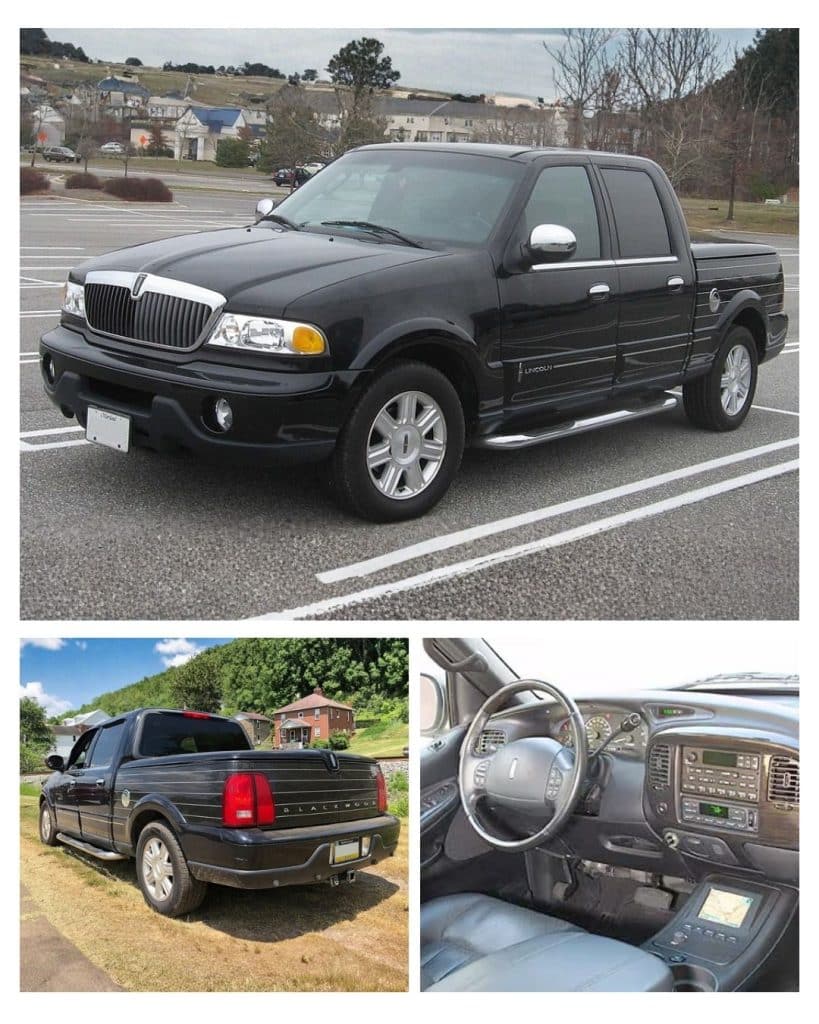
In 2002, Lincoln looked at the booming truck market and said, “What if we made a pickup… you can’t really use as a pickup?”
Thus came the Lincoln Blackwood, a $52,000 luxury truck with a carpeted bed, fake wood panels, and rear-wheel drive only. It was beautifully built but completely useless for anyone who actually needed a truck.
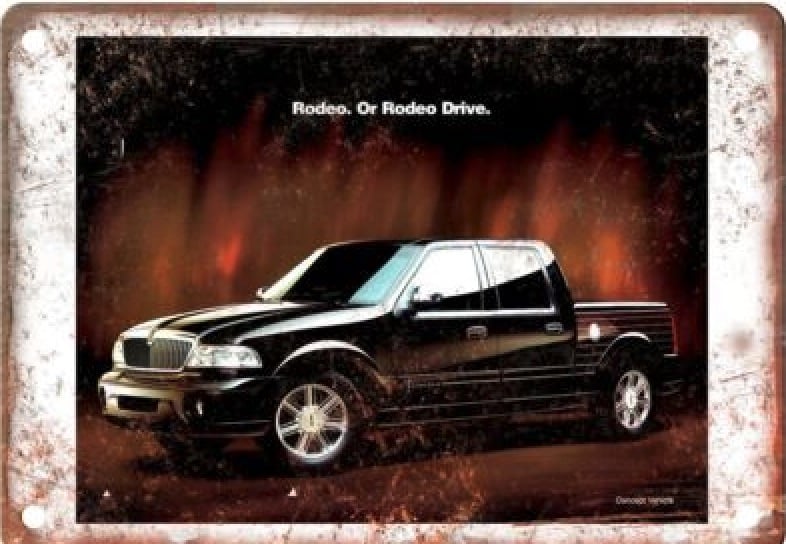
Only about 3,000 units sold, and most sat unsold on dealer lots. The Blackwood was discontinued after one year—an instant collectible for all the wrong reasons.
Lincoln tried again with the Mark LT later on, but the Blackwood remains a perfect symbol of luxury gone tone-deaf.
15. Subaru SVX – The Fast Car That Nobody Understood
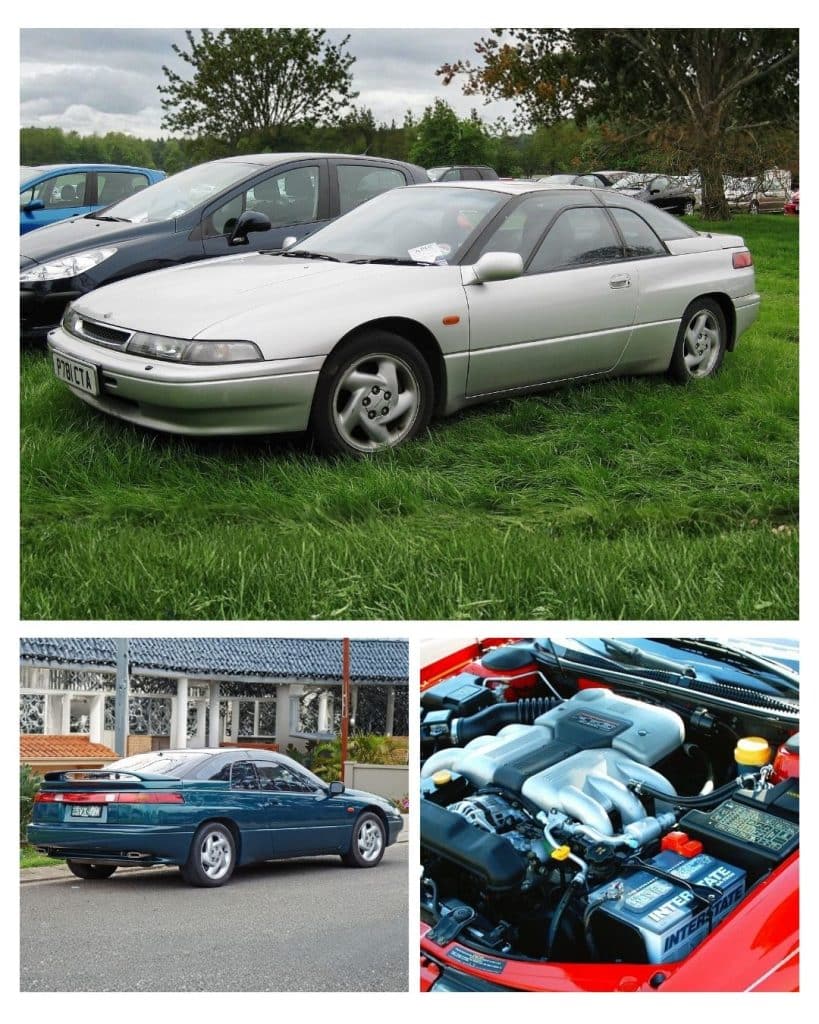
In 1992, Subaru wanted a flagship sports coupe that would make people forget about wagons.
The result was the Subaru SVX, a sleek, futuristic design by Italdesign’s Giorgetto Giugiaro, complete with “window-within-a-window” glass panels. It looked like something out of Blade Runner.
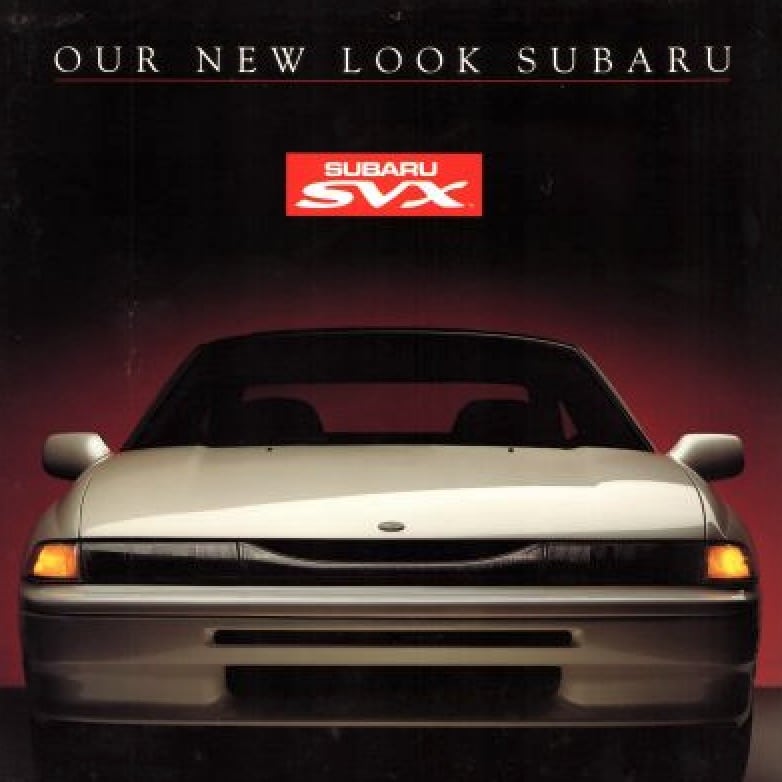
Unfortunately, it was heavy, automatic-only, and far too expensive for Subaru’s loyal base. At $28,000, it cost as much as a Corvette but came with just 230 horsepower.
The car handled beautifully, but almost nobody bought it. Subaru lost millions, and the SVX became one of those rare cars admired by enthusiasts—but ignored by everyone else.
16. Sterling 825 – When Britain Tried to Be Honda
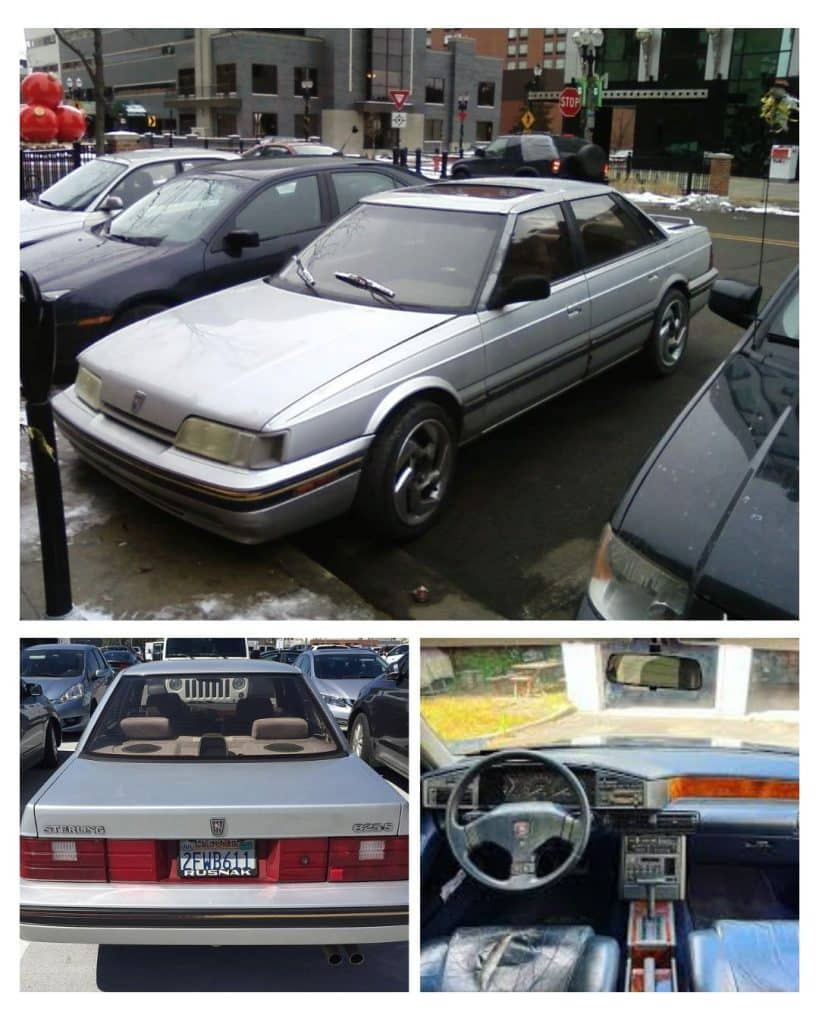
In the late ’80s, British automaker Rover decided to re-enter the U.S. market by rebadging the Acura Legend as the Sterling 825.
On paper, it sounded brilliant—Japanese reliability meets British luxury. In reality, it was a cultural collision.
The Honda-sourced drivetrain was solid, but the rest was pure British chaos—leaky seals, electrical gremlins, and interiors that fell apart like soggy cardboard.
Dealers were flooded with warranty claims, and by 1991, Sterling slunk out of America entirely. The brand’s slogan might as well have been: “Reliability? We’re working on it.”
17. Suzuki X-90 – The Tiny SUV Nobody Asked For
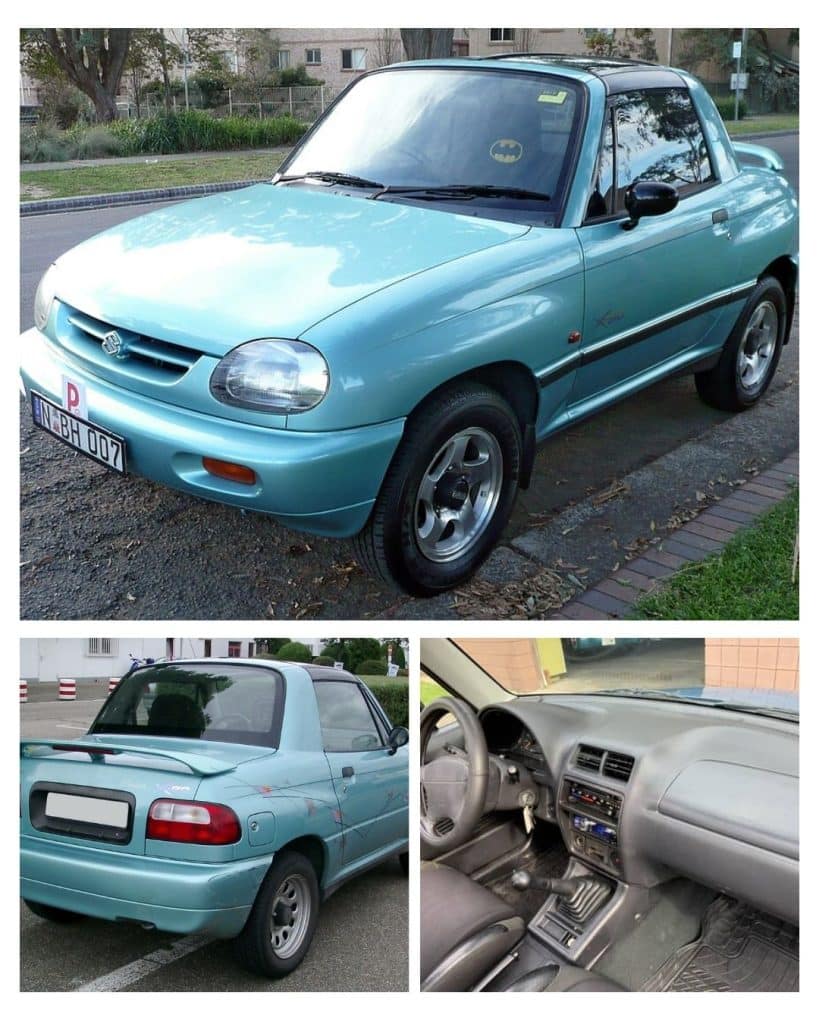
Remember the Suzuki Sidekick? It was a fun little 4×4 that people actually liked. The X-90 was its weird cousin—the one nobody invited to Thanksgiving.
Released in 1996, it tried to blend a convertible, a coupe, and an SUV into one car. The result looked like a toy someone melted in the sun.
With two seats, a removable targa roof, and cartoonish proportions, the X-90 confused everyone.
It wasn’t sporty, it wasn’t practical, and it sure wasn’t stylish. Even a brief run as the Red Bull promo car couldn’t save it.
Suzuki only sold about 7,000 units, and the brand never really recovered its U.S. footing after that misstep.
18. Daewoo Lanos – Korea’s Cheap Shot Misses the Mark
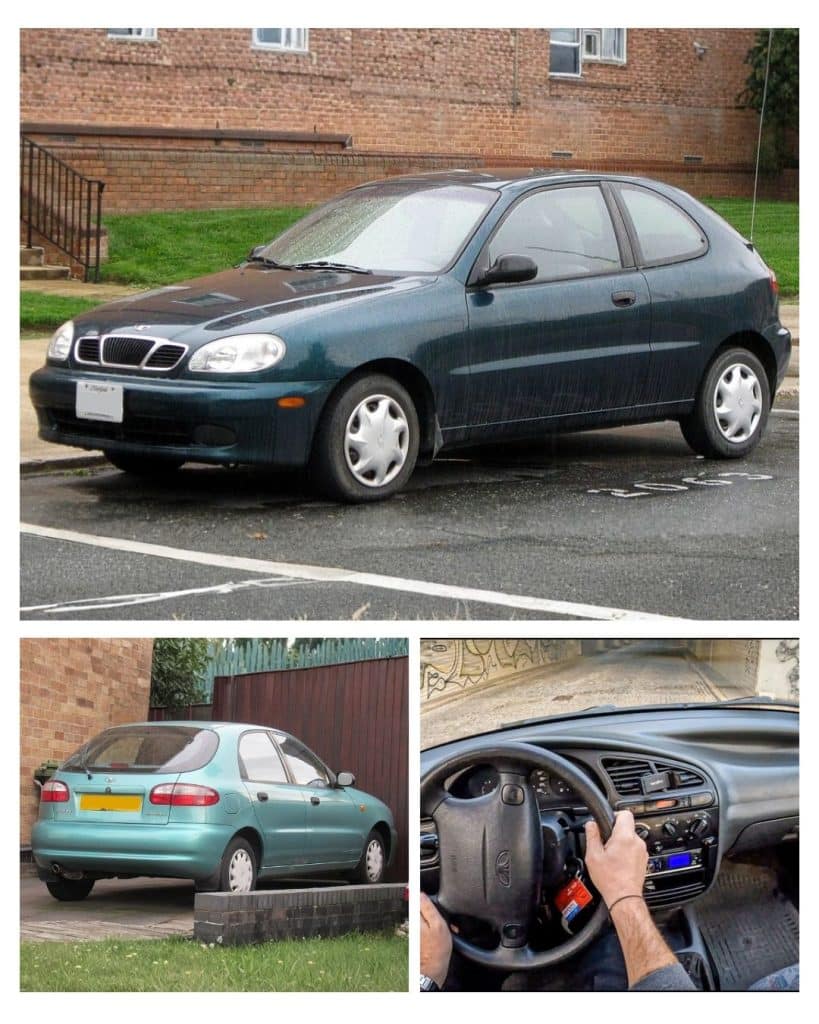
In the late ’90s, Daewoo tried to crash the U.S. market with a trio of small cars, led by the Lanos.
They sold them through college campuses with “brand reps” instead of real dealers—because nothing says “trustworthy” like buying a car from a folding table.
The Lanos was cheap, slow, and built to a price. Safety ratings were dreadful, and parts availability was even worse.
When Daewoo went bankrupt in 2001, owners were left hunting for replacement parts like scavenger hunters.
The collapse was so bad that GM had to step in and buy the remains just to keep Korean production alive… paving the way for Chevrolet’s small cars years later.
19. Mitsubishi Eclipse Cross – The Name That Should’ve Stayed Retired
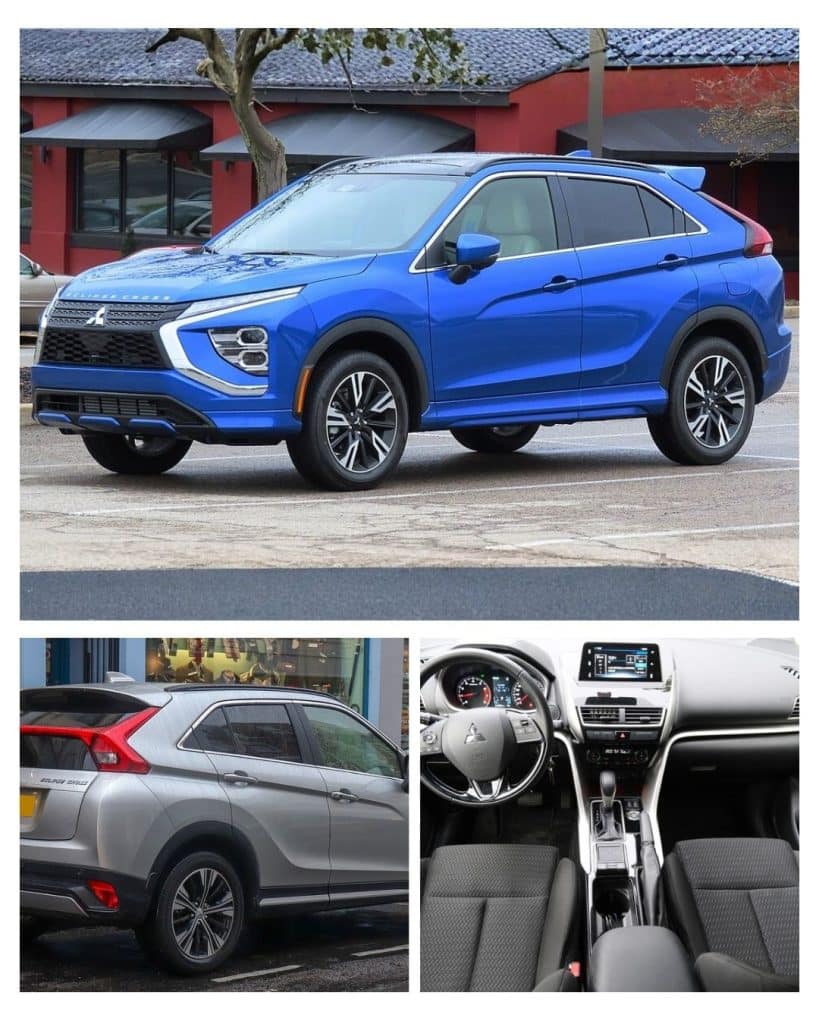
For years, the Mitsubishi Eclipse was a legend—turbocharged, all-wheel-drive, and beloved by tuners.
Then, in 2018, Mitsubishi decided to bring the name back… on a compact crossover. Fans expected a sports car revival; what they got was a bloated SUV with dull performance and styling that looked like a spaceship rear-ended itself.
Under the hood, it had just 152 horsepower and a CVT transmission that made every drive feel like pulling teeth.
Reviewers tore it apart, enthusiasts were furious, and sales sputtered. The Eclipse Cross didn’t just flop—it mocked the brand’s own heritage, proving Mitsubishi had forgotten what made people love it in the first place.
20. Saturn Ion – The Plastic Car That Broke the Dream
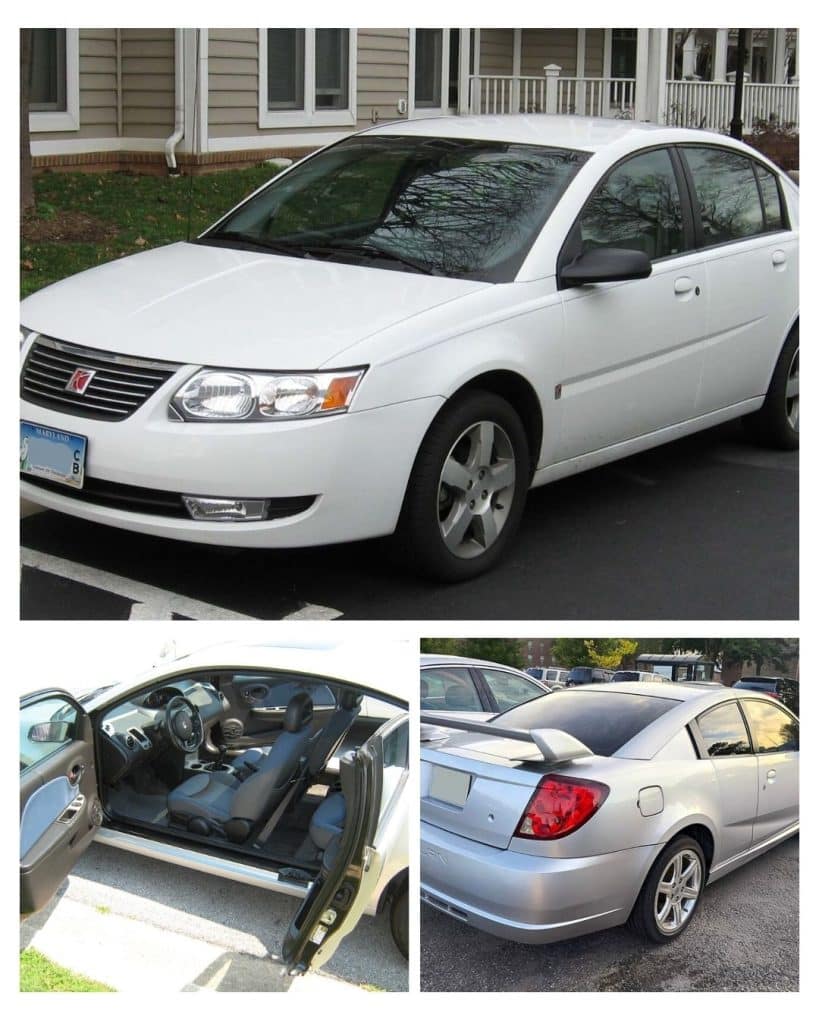
Saturn began as GM’s “different kind of car company.” By the time the Ion arrived in 2003, that dream was dead on arrival.
With its cheap interior, center-mounted gauges, and clunky CVT transmission, the Ion looked and felt like a rental car on clearance.
Even loyal Saturn fans couldn’t defend it. Quality issues piled up, sales tanked, and GM finally pulled the plug on Saturn in 2010.
The Ion didn’t kill Saturn single-handedly—but it was the last nail in the coffin of a brand that once promised to change the way people thought about American cars.
Epilogue: The Beauty of a Good Mistake
For all their flaws, these 20 cars remind us why we love this hobby. Every failure has a story, and every automaker that stumbles eventually learns something from it. Some—like Ford and Chrysler—came back stronger. Others, like Pontiac and Oldsmobile, never recovered.
But one thing’s certain: the road to greatness is paved with busted engines, bad ideas, and the occasional exploding gas tank. And we wouldn’t have it any other way.
